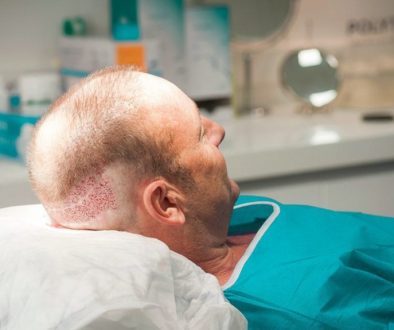Hair Transplant Repair – How it works!
I am considering hair transplant repair surgery. What does this entail and what risks are there? Will I be left multiple scars?
Hair transplantation has come a long way in the last few decades since it began. Because of the vast improvements in this surgical procedure via ultra refined follicular unit grafting, many previous hair transplant patients who received plugs or mini-grafts are coming back for repair work.
Hair tranplant repair surgery can be done a few ways. Which one is better is debatable however, a huge determining factor depends upon the specific case of the individual hair transplant patient.
Two methods of repair using strip surgery:
Both surgical methods include removal of a strip which includes the old scar. This will leave you with a single scar rather than two distinct scars. With the new trichophytic closure technique, most likely, you will end up with a better looking scar than after the first surgery.
1. Camoflauge: this is where new follicular unit grafts are transplanted around the old mini-grafts or plugs in order to camoflauge it. Many hair transplant physicians have used this method succesfully creating a more natural look.
2. Removal of Old grafts: this is where a this is where the old grafts are excised from the scalp and follicular unit grafts are transplanted in it’s place which will create a more natural look. Scarring, however, is inevitable in the locations where the old grafts were removed.
Follicular Unit Extraction (FUE) and Follicular Isolation Technique (FIT):
An alternative to strip surgery is FUE/FIT in which follicular unit grafts are extracted from the donor area (sides and back of one’s head) and surgically transplanted into recipient sites. Either of the two philosophies can be used above, however FUE has certain advantages over Strip as well as some disadvantages. Read about them here!
Bill
Associate Publisher
Technorati Tags: hair transplant, Hair transplantation, Hair tranplant repair, hair transplant patient, follicular unit grafts, Follicular Unit Extraction, FUE, Follicular Isolation Technique, FIT



